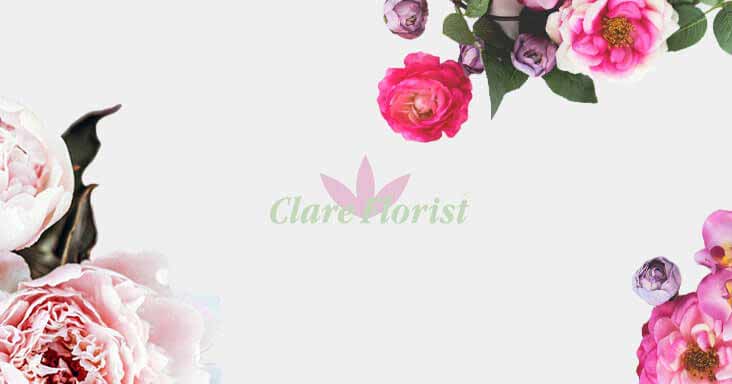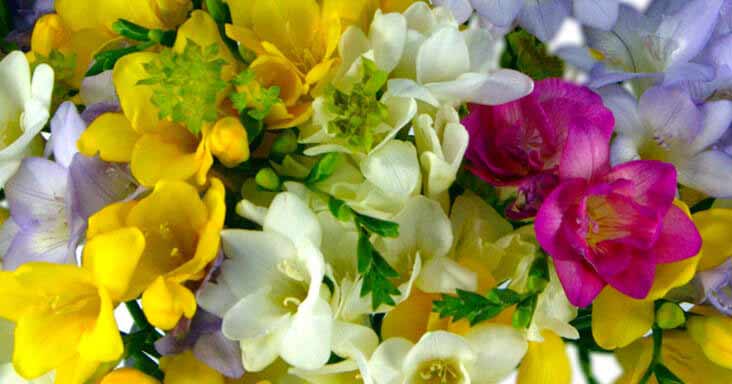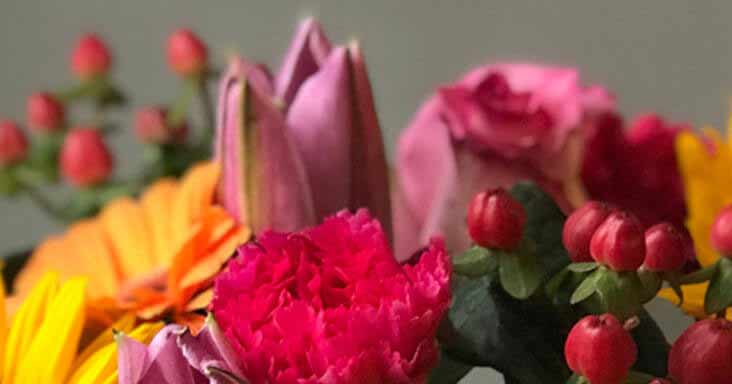Though winter, with its waning light, is a time of hibernation for many species, with most trees leafless and few flowers or fruits to brighten the landscape, those flowers, berries and foliage which remain play an important part in the traditions of the festive season.
Romantic Mistletoe
Known best for its presence in Christmas stories and pictures and the tradition of 'kissing under the mistletoe' at Christmas time, mistletoe is a parasitic plant which grows in the branches of trees and shrubs. It has long oval leaves and bears clusters of small white berries. It's now a cause for conservation projects in parts of Britain, while in other countries it has become a pest in need of control.
Mistletoe has a rich history in myths and customs. It bears its fruit late in the year and was used by the druids in ancient times for their winter solstice ceremonies as it was believed to have magical properties — perhaps because it has no roots yet remains green through the winter. The ancient Celts and medieval Britons used it as a healing plant and to ward off evil spirits, while for the Romans it was a symbol of peace and friendship. It also took on a darker role in other traditions. In Norse mythology the God Balder was killed with an arrow of mistletoe after everything else living and growing on the earth had sworn not to harm him. In the Christian story it's said that the cross on which Christ was crucified was made of the wood of the then mistletoe tree. After the crucifixion, the legend goes, the plant shrivelled up in shame or punishment into its present day state as a parasitic vine.
It's not known how the English tradition of kissing under the mistletoe arose —perhaps it came from its association with friendship and good luck. The tradition involves the hanging of sprigs or garlands of mistletoe: anyone who stands underneath can expect to receive a kiss! Particularly for young women seeking marriage, this was said to bring good luck, but in one tradition a berry must be plucked for each kiss and when there are no more the mistletoe is no longer lucky. Another superstition holds that the mistletoe must be burned on Twelfth Night or the couples who kissed under it will lose their luck and might never get married.
Besides these traditions, mistletoe is still used as a healing plant by modern herbalists and is being studied as a potential treatment for tumours. It must only be used medicinally in skilled hands, though, for if not properly prepared and administered the berries are poisonous!





